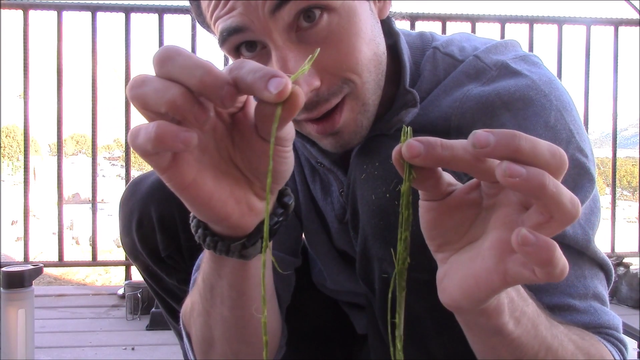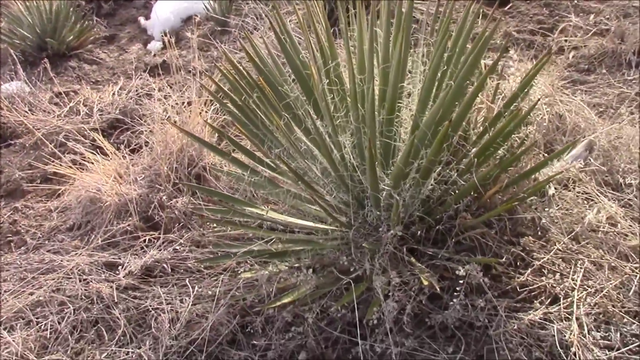Yucca Cordage 101
Hello my Steemit Family!
Today is such a great day to be alive! Don't you agree?
Life can be so filled with joy….then sometimes, it can slap you in the face.
For those times when life truly slaps you in your face, and you find yourself in a survival scenario. I highly recommend using this cordage crafting technique I am about to show you.
Why do you need cordage?
Well out there in the REAL world(survival situation) you are going to have to construct many things that will make your lives easier. Such as your Shelter and tools.
So having a strong material that is durable enough to be spun into usable cordage to tie things with, is what I call security in those types of circumstances.
I give you the Yucca Plant! With its tough fibrous leaves, we can create a valuable tool to add to our survival tool belt.
Thanks Wikipedia for getting down with my Yucca friends, and writting up this awesome bio on them-
“Yucca is a genus of perennial shrubs and trees in the family Asparagaceae, subfamily Agavoideae.[2] Its 40-50 species are notable for their rosettes of evergreen, tough, sword-shaped leaves and large terminal panicles of white or whitish flowers. They are native to the hot and dry (arid) parts of the Americas and the Caribbean. Early reports of the species were confused with the cassava (Manihot esculenta). Consequently, Linnaeus mistakenly derived the generic name from the Taíno word for the latter, yuca (spelled with a single "c")] It is commonly found growing in rural graveyards and when in bloom the cluster of (usually pale) flowers on a thin stalk appear as floating apparitions.”
Wikipedia's ecology section on the Yucca is pretty fascinating as well-
“Yuccas have a very specialized, mutualistic pollination system, being pollinated by yucca moths (family Prodoxidae); the insect purposefully transfers the pollen from the stamens of one plant to the stigma of another, and at the same time lays an egg in the flower; the moth larva then feeds on some of the developing seeds, always leaving enough seed to perpetuate the species. Certain species of the yucca moth have evolved antagonistic features against the plant and do not assist in the plants pollination efforts while continuing to lay their eggs in the plant for protection. Yucca species are the host plants for the caterpillars of the yucca giant-skipper (Megathymus yuccae), ursine giant-skipper (Megathymus ursus), and Strecker's giant-skipper (Megathymus streckeri).”
Making cordage is just one of the many uses this plant, but it is an important one.
Join me as I demonstrate how I create this Yucca cordage from beginning to end. I hope you all enjoy my video tutorial.
<iframe width="560" height="315" src="




Love the nitrogen sharing! And the knowledge that by acknowledging the plant (or any living creature) then the strength of what the plant is sharing will increase 10 fold - interdependent gratitude! Good work Apollo....
Yes I agree 100%!! Graditude for your support!
Another awesome video! Education, entertaining, uplifting! Thank you :-)
YAAAAY! that means a lot! thank you so very much!
Great, informative post! I linked to this post in my article here.
I appreciate your feedback!